Welcome To The World Of Genetics !
Since I was a little boy, I was fascinated by two things in the universe: particle physics and genetics.
I was very excited and terrified at the same time before writing this article because on one hand this field is very big and complicated, and on the other hand it's very beautiful one!
Growing up, I decided to pursue a medical career, I am still at the beginning of the journey and I hadn't the chance to choose a medical specialty yet.Maybe I will become a geneticist one day! we will see how things go.
According to Wikipedia: ''Genetics is the study of genes, genetic variation, and heredity in living organisms.''
We will run by these definitions one by one but first, let's start by reviewing a basic cell model.
Cells are classified based on the existence/non-existence of nucleus into two groups: Eukaryote and prokaryote.
Both cells have genetic material, but a eukaryotic cell has an enclosed nucleus while a prokaryotic cell doesn't.
Generally speaking, eukaryotic cells are much more complex, they have a more compact genetic material and more organelles.These are other parts of the cell that fill a certain function, for example, mitochondria need oxygen to produce ATPs that are used later for energy purposes.
Most Bacteria are one single organism, they have no nucleus and their genetic material is just floating in the cytoplasm.This makes studying them much easier than regular eukaryote cells ( such as human cells ).
What makes up the genetic material?
DNA is short for Deoxyribonucleic acid, the essence of life! who hasn't heard of it? First, let's take a look at the structure of DNA.
The building blocks of a single DNA molecule are Sugar phosphate and four bases,(A )Adenine, (T)Thymine, G(Guanine) and C(Cytosine).The combination of one sugar phosphate and one base is called nucleotide.
One molecule of DNA is formed by two strands, each strand is a polynucleotide chain (Poly=several).The position of the phosphate on the sugar atom indicates the polarity of the strand either 5'end or 3'end, but why bother in the first place? That's because many enzymes used for DNA study act on one end and not the other, so it's very important to locate the position of the strand.
Each strand is attached to the other strand through hydrogen bonds between two paired bases.Who probably ask what's paired bases? well, it's either Adenine/Thymine or Guanine/Cytosine, these bonds complement each other and form the hydrogen bond. You must also know that in some abnormal circumstances, for example, a radioactive exposure, the structural characteristics of the bases can change and other bonds can be formed, the process is generally pathological.
When someone thinks of the DNA, he immediately starts imagining the double Helix model like this.
This is the model viewed under a light microscope after denaturation.
''Denaturation is a process in which proteins or nucleic acids lose the quaternary structure, tertiary structure and secondary structure which is present in their native state, by application of some external stress or compound'' (hotha ala jnab).But in reality, the DNA is much more complex than that! it's so dense and squeezed in the nucleus.Imagine this, if we create a fine thread using only the DNA contained in all human cells, how long would it be? Maybe one 1 meter? or how about 10 meters!? what do you think?
Well, there's an equation to calculate that:
(length of 1 paired bases)*(number of paired bases per cell)*(number of cells in the body)= length of the thread
That's 20,000,000,000,000 meters ! That is the equivalent of nearly 70 trips from the earth to the sun and back.
That's very impressive regarding the fact that We share 99 % of DNA with each other and only 1% makes us different! Talking about unique.
What's a chromosome anyway?
On a molecular scale, a chromosome is composed of folded DNA and other proteins, it contains the genetic information of the person represented in the 3D model.
Let's take a DNA segment and add to it 8 proteins called histones, now we have what we call a Nucleosome.
Many nucleosomes form one chromatin fiber, mix many of these fibers with structural proteins and now you get chromatin.Further folding makes up the chromosome, so in reality, the functional parts of chromosomes are chromatins.
Now microscopically speaking, one chromosome had two parts: A chromatid which occupies the center of the chromosome and two chromatids giving it its X-shape.It's also crucial to know that chromosomes can contain one chromatid at the beginning of their cellular cycle and then they duplicate it.
The position of the centromere defines two segments of each chromatid, a long arm (q) and a short arm (p).Scientists
now classify chromosomes into several groups: Acrocentric chromosomes where the centromere is located quite near one end of the chromosome, Metacentric chromosomes where the chromatid is located just in the middle and Submetacentric chromosomes if the lengths are unequal.
In the pic we see four numbers,1 is chromatin, the red spot is the centromere and 3/4 are the arms if the chromatid, that's a typical X-shaped metacentric chromosome with two chromatids.
A Normal human being has 23 paired chromosomes, that's a total of 46 chromosomes.They are classified from 1 to 22 and either X+Y chromosomes in males or XX chromosomes in females. The mapping of chromosomes is called karyotype, it's realized when the cells are dividing (Metaphase) using colchicine because chromosomes become well identified. colchicine is a drug that stops any further division by inhibiting the formation of the cell's core.Here is an example of a normal male karyotype:
Karyotyping is used generally for medical purposes to detect macro lesions of the chromosomes, it's just a general appreciation on the number and form of chromosomes, for example in Down syndrome, the person suffers from an additional 21 chromosome.
A locus is a specific part of the chromosome but since Karyotyping can't detect microlesions we need another technique to explore the loci of a chromosome. Another branch of genetics called cytogenetic banding can.To explore even more, scientists have established a specific nomenclature of each chromosome using different markers and techniques.As we see before, the DNA is a double-stranded molecule attached by hydrogen bonds, if we break these bonds we can have one stranded molecules, therefore, we can use another fluorescent DNA fragments that complement a specific part and emit light signals capable of locating a wanted part, these are called markers.
Looking at the picture we can see that the big bands are numbered from the centromere to the end of the arm.
These same bands are composed of other bands and if we want to go on we reach the sub-bands.Let's take another example a 12q12.3 locus, it's a locus located in the third sub-band of the one/two band in the long arm of chromosome 12.Confused already? I hope not because it's not that hard!
These techniques revolutionized the medical field by diagnosing genetic diseases in utero (in the fetus during pregnancy)
It's all about genes!
A gene has many definitions since any cellular function includes proteins, a gene can be defined by a portion of DNA that codes for a protein.A gene is generally composed of a couple of thousand bases but different lengths can be seen.
Now how we can express the data found in genes? This is what we call gene's expression, the process is achieved by several steps:
1.Transcription and formation of one stranded RNA: RNAs have approximately similar structures with DNA strands, the differences can be found in sugar molecules (Ribose in RNA) and in one base ((G)guanine is replaced (U)uracil).They are created from the DNA strands by a key enzyme 'The RNA polymerase'.It moves stepwise the DNA until it encounters a stop codon.
'In the genetic code, a stop codon (or termination codon) is a nucleotide triplet within messenger RNA that signals termination of translation into proteins'
Like stop codons, there is also signaling region that allow the RNA polymerase to recognize where to start, they are found all over the DNA.I forget to mention that in the cell there are many types of RNA and each one fill a specific function from regulatory RNAs to RNA genome per say.
2.RNA splicing: The DNA doesn't always contain useful genetic material, the normal coding regions are called exons.Genes are typically interrupted by noncoding sequences called introns, the combination of introns and exons form the gene sequence.After the transcription occurs we get immature RNA molecules, these molecules undergo a process to eliminate the introns to form the final RNA product, the messenger RNA or simply mRNA.This is achievable through complex molecular units found in Eukaryotic cells called spliceosomes.
3.Translation: Now we have our mRNA ready for some action ! Translation means the process of protein synthesis from the mRNA after the end of traduction and slicing processes.It occurs in the ribosomes
'The ribosome is a complex molecular machine, found within all living cells, that serves as the site of biological protein synthesis'
What we call proteins are just long chains of amino acids and each one of them is coded by a triplet of bases, therefore the ribosome serves two simultaneous functions; RNA recognition and amino acids assembling.Think of a protein like a house, amino acids are its blocks, mRNA is the plan of the house and ribosomes are the factory.
In the picture above you two units a large one in red and a small one in light blue.It's the basic model of a ribosome, the small unit is used to recognize the mRNA and the large one to reassemble the amino acids together.
The regulation of genes' expression is complex, I don't want to confuse you, just know that it's regulated by regulator genes such as growth factors and tumor suppressor genes.They generally control the division rate and a possible mutation of these genes can give birth to abnormal cells that eventually become future tumor cells.
The Mendelian legacy:
Do you know who is this guy? He's seen as a god in genetics's world! It's Gregor Mendel the father of genetics.
He established the first classic inheritance model and defined the relationship between genotypes and phenotypes.
First, let's go through some definitions, each person has two version of each gene in every chromosome(one inherited from the mother and one from the father).We call allele each version of a gene, therefore each person theoretically has two alleles of each gene.Now we have established the first law of Mendelian inheritance, the law of segregation.
'During gamete formation, the alleles for each gene segregate from each other so that each gamete carries only one allele for each gene.'
By the way, a gamete is either a spermatozoid or an ova, the result is one fertilized egg with two alleles of each gene.
Because the genetic sequence is slightly different from an allele to another, we can see different phenotypes with each one.
'A phenotype is the composite of an organism's observable characteristics or traits.'
For example, it can be skin color, hair texture, toe morphology or even physiological traits.The phenotype is a result of the interaction between these two alleles.
A homozygote is a person who presents two copies of the same allele in their genotype, on the other hand, a heterozygote is a person who presents different alleles in his genotype.
Dominance occurs when the presence of one allele is sufficient to hide the expression of the other, the first allele is dominant and the second allele is recessive, that's the third law of dominance.
When a homozygote possesses two recessive alleles, they are expressed.Many known human diseases are recessive, we need two copies of the responsible allele to have the illness.Sickle cell disease is a great example, Beta globin chains, which are proteins of the hemoglobin in red blood cells, are replaced by S-globin chains.Red blood cells become less flexible and cause pain when they pass small blood vessels.The genetics behind it is due to a nucleotide mutation in the gene coding for the beta-globin of the affected allele which results in a substituion of glutamate by valine in the protein.
In this picture above, we have two heterozygote parents who have the defective allele, they are phenotypically healthy and they gave birth to 4 individuals.They have 3/4 chance to get an unaffected individual and only 1/4 to have an affected one.These unaffected individuals have 2/3 to be heterozygote and 1/3 to be homozygote.
An advanced mode of gene expression is called epistasis, it's a form of gene interaction in which the activities of a gene A affect the activities of one or more other genes (B, C,D..) on separate loci, therefore the expression of gene B can be masked or changed.You can think about it as an interaction between genes, Opposite to the dominance law where the interaction is between alleles.
This is one of the simplest examples, let's first consider there's one gene for blond hair, one gene for red hair and one gene for total baldness.Early in life, the hair color's genes express while the baldness gene is still silent, but later in life, the baldness gene starts to express and because it's epistatic(opposite to hypostatic), it takes place and the person loses his hair.
Moving on, epistasis can get a little bit tricky and somehow complicated because simply there are so many genes interactions in the genome of humans.It can assimilate with normal gene regulation but I like to refer to normal gene regulation as on/off switch that turns on the expression of a gene when needed and turn it off when not, besides these genes' primary function is regulating directly and that's not the case in epistasis (special thanks to @gentleshaid on this one ).
Beyond the Mendelian inheritance!
Mr. Mendel established 3 laws of the inheritance model, we already discussed two of them: the segregation and the dominance law.The remaining law is the Law of independent assortment where different genes responsible for different traits are inherited separately during the formation of gametes, in other words, one gene is never responsible for the segregation of the other.
The Mendelian inheritance was a great step in the world of genetics but in reality, many its laws are broken, whenever one of these laws is violated we talk about the non-mendelian inheritance.
one form of gene's expression is codominance, it happens when both alleles express simultaneously and the phenotype is generally a mixture of the two, it's a direct violation of the law of dominance.
In this example, we have two homozygous cows, each one has either a white phenotype or a brown phenotype.Their descendants have the two alleles from each parent in their genotypes but with a mixed phenotype (white+ brown) resulting from fully expressed alleles.
Incomplete Dominance is a similar form to codominance where the law of dominance is violated, the major difference between the two is that in codominance both alleles are expressed, that's not the case in incomplete dominance, the phenotype is totally new, for example if we cross red and white flowers we get pink ones.
Genetic linkage is another form of violation of the second law, during gamete formation, a particular phenomenon called crossing-over can occur between two homologous chromosomes, that's exchange of genetic material.
Genetic linkage is the tendency of two close loci in the chromosome to be inherited together or Mendel's second law states clearly that the segregation of two different genes are totally separate.
Polygenic Inheritance is a form of inheritance where one trait is controlled by several genes, it's very complex and abundant phenomenon which is a direct violation of Mendel's laws. Height, IQ, hair texture, eye color are all traits controlled by several genes.
Remember these energy factories called mitochondria? Well, they are inherited only from your mother through mitochondrial DNA, since they are present only in the ova cytoplasm during fertilization, another violation is established.
So basically it's not always your way Mr. Mendel! The inheritance of traits can get very complex and one simplified model cannot explain it all but it's sure useful in many cases.Mendelian inheritance changed our view to the world of genetics and because of it, we reached so many amazing discoveries since then.
I can't cover all the basics in one post, this post was just a small portrayal, many mysteries are still unrevealed and that's what makes genetics charming. (at least for me :p ) If you are into science, I'm sure you will find it fascinating ! if not, I hope my small introduction changed your view, and maybe you fall in love with it the way I did.
Thanks for your time and support, have a good day ^^
References & Sources:
One more thing, Join the @steemSTEM community, A community project to promote science technology engineering and mathematics postings on Steemit.

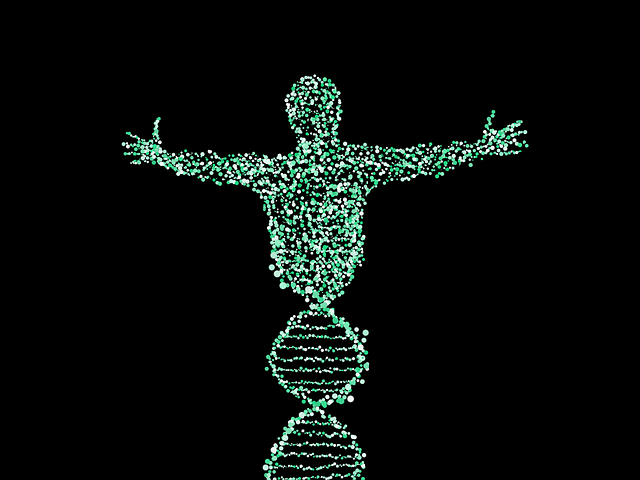
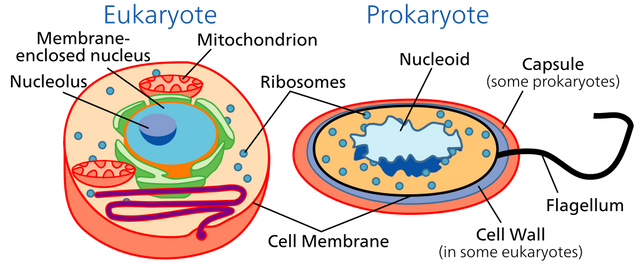
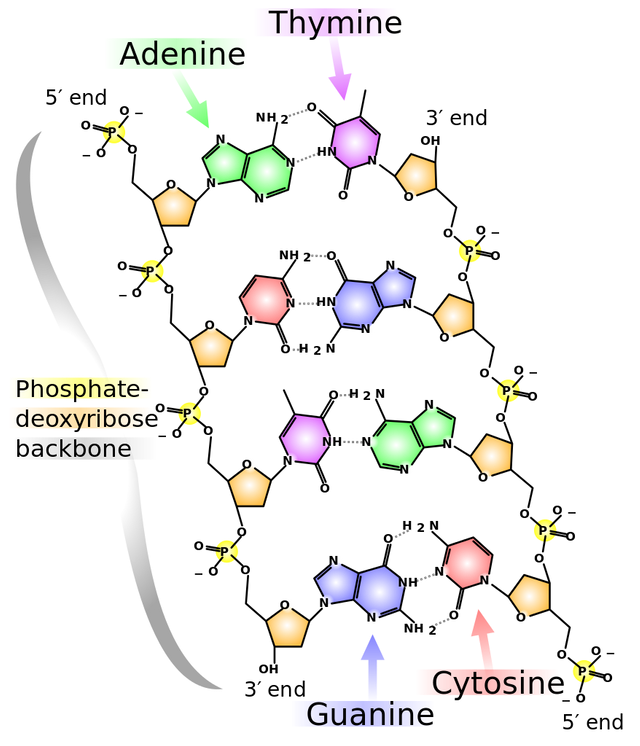
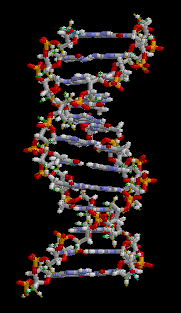

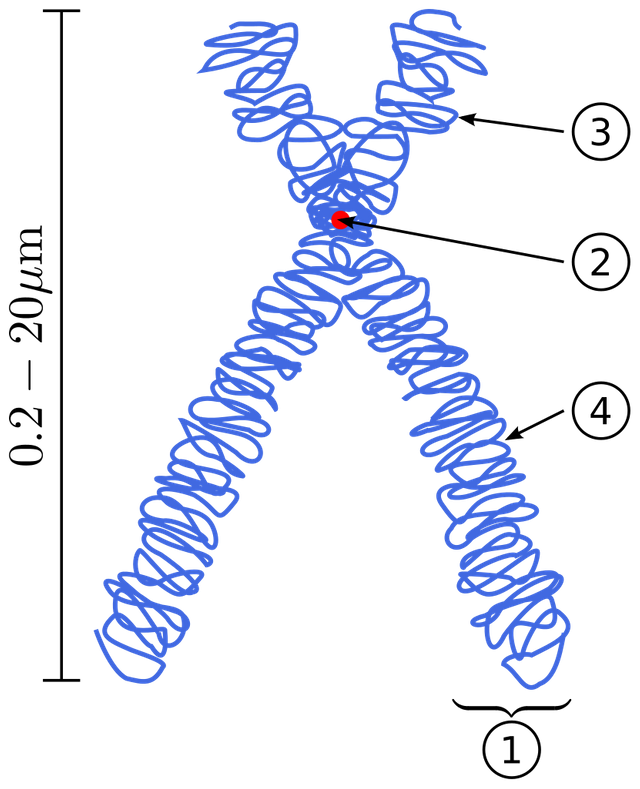
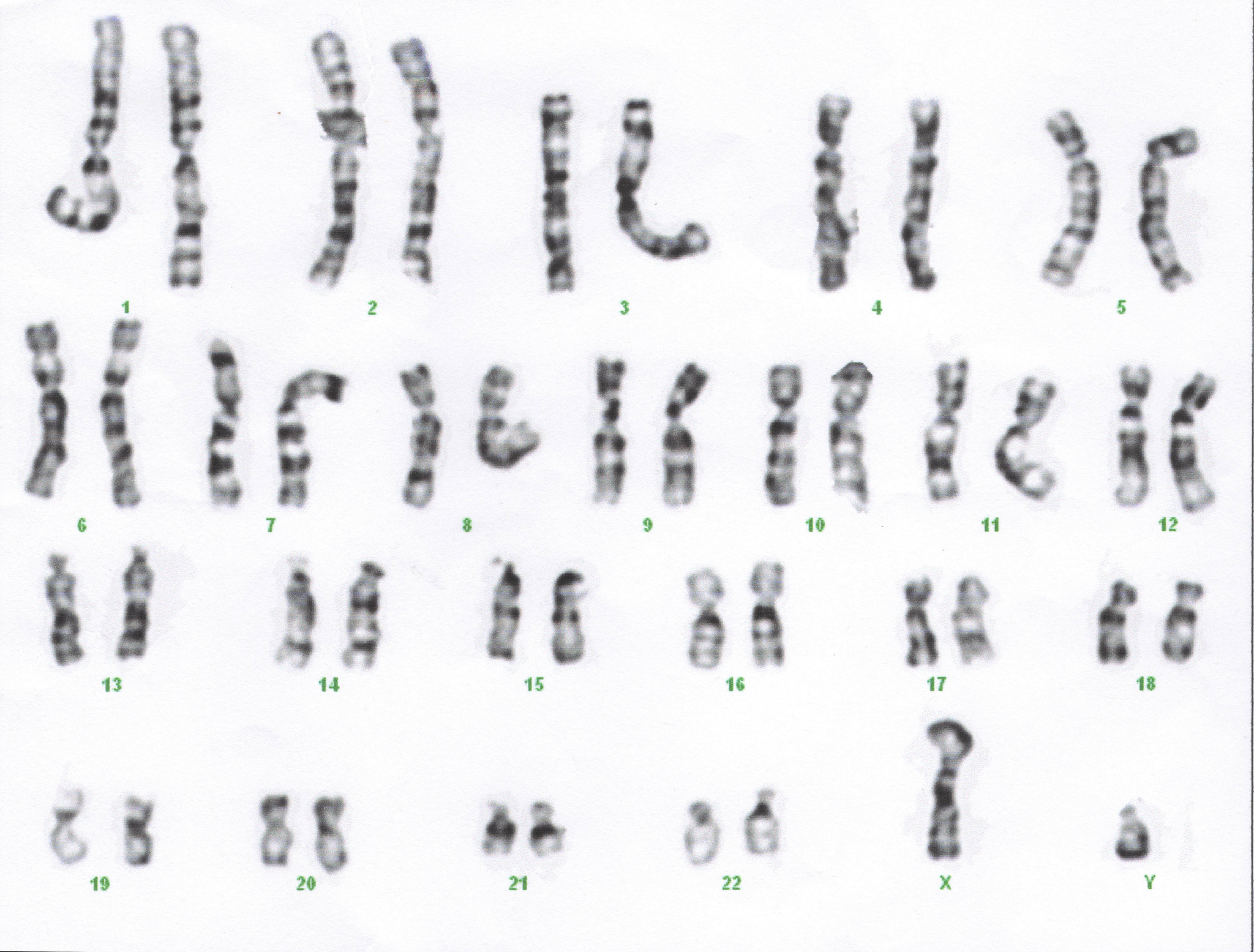
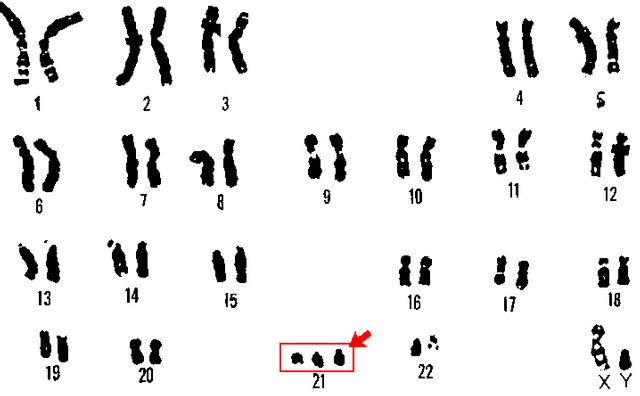

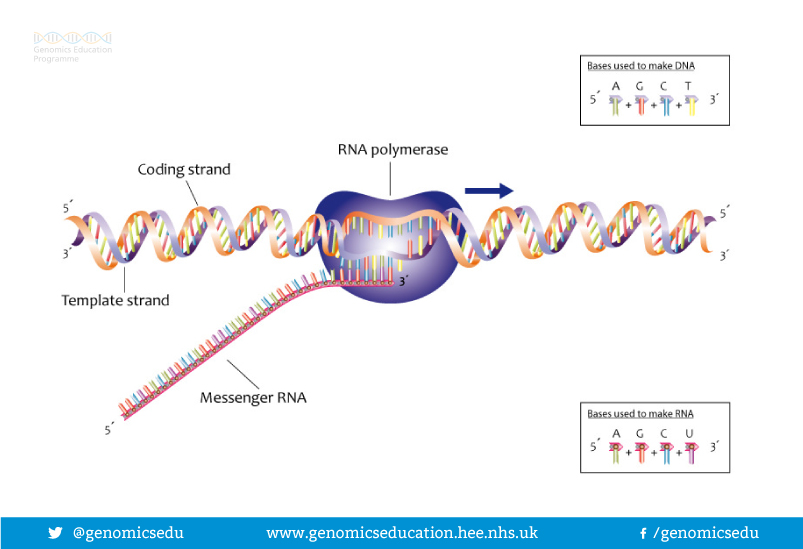
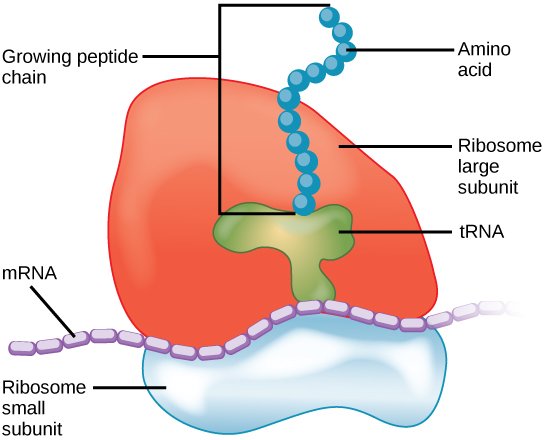
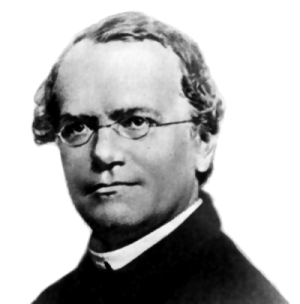

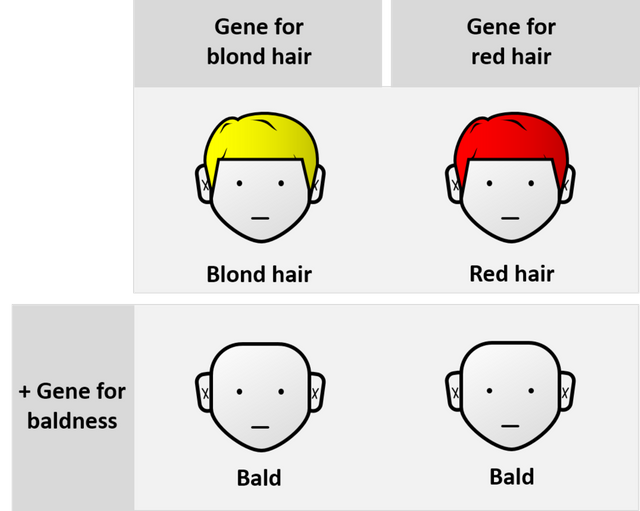
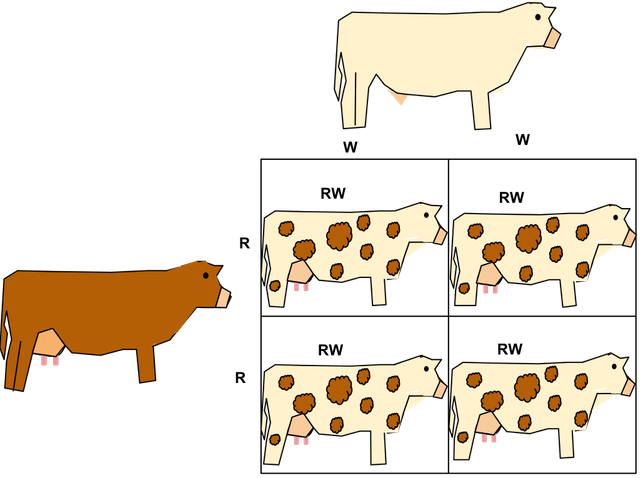
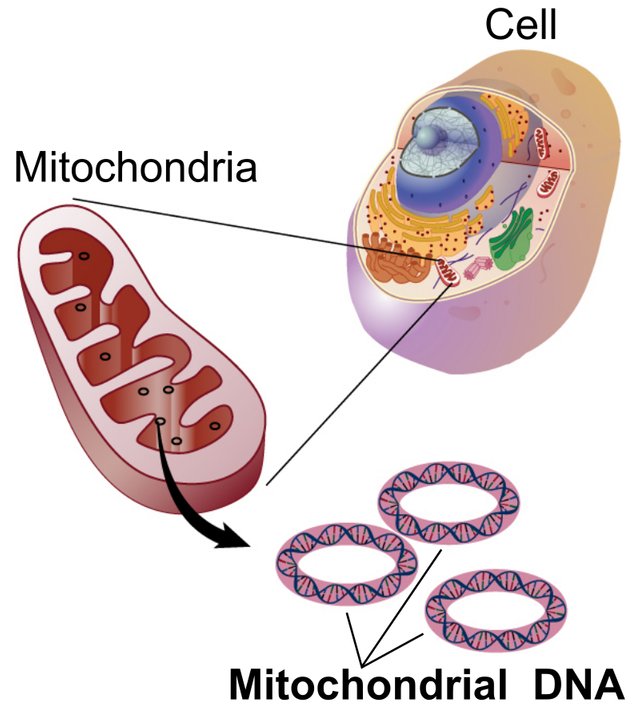
Excellent post. Thank you for sharing!
The pleasure is all mine professor :)
Written very well @fancybrothers . The topic 'DNA' is always intriguing and as you said single post won't describe it with all its intricacies. Yet, your post gives a good understanding about the genetics.
Thanks I appreciate that :)
I’ll like to point out that genes as you said are made up of nucleotides and so you can’t have an amino acid substitution in a gene
However, sickle cell anemia occurs as a result of a single nucleotide mutation (A replaced by T) in the beta globulin gene resulting in the substitution of glutamate by valine at position 6 in the beta globin chain.
I enjoyed your post very much. Good article !
Oops! I totally missed it ! I already fixed it. Thanks for stopping by :)
You’re welcome man !
Wow, so interesting! I haven't studied this stuff since 10th grade biology. Thanks for the refresher!
U're welcome :))
sin duda alguna un tema fascinante. gracias por compartir
Gracias por leer :)
Thank you for your contribution and linking your references!
=======================================================================================
This post was upvoted and resteemed by Steemgridcoin with the aim of promoting discussions surrounding Gridcoin and science.
This service is free. You can learn more on how to help here.
Have a nice day. :)
What different between humans world and genetic world
It is all about the genes..codes and codes of information of every organism. Nice write up. And geneticist..quite a rare profession.
Congratulations! This post has been upvoted from the communal account, @minnowsupport, by Fancybrothers from the Minnow Support Project. It's a witness project run by aggroed, ausbitbank, teamsteem, theprophet0, someguy123, neoxian, followbtcnews, and netuoso. The goal is to help Steemit grow by supporting Minnows. Please find us at the Peace, Abundance, and Liberty Network (PALnet) Discord Channel. It's a completely public and open space to all members of the Steemit community who voluntarily choose to be there.
If you would like to delegate to the Minnow Support Project you can do so by clicking on the following links: 50SP, 100SP, 250SP, 500SP, 1000SP, 5000SP.
Be sure to leave at least 50SP undelegated on your account.